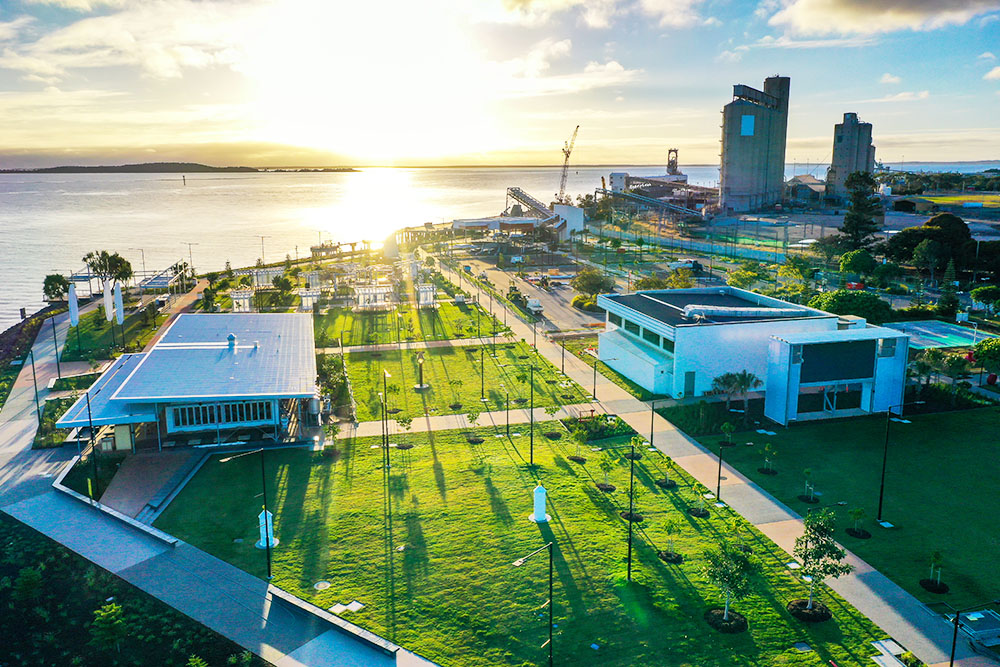
With an annual production capacity of up to 100,000 tonnes, the plant represents Mitsubishi Gas Chemical’s first major investment in Australia and phase one is expected to be operational in mid-2028.
Mitsubishi Gas Chemical is currently undertaking a feasibility study on green methanol production with its joint venture partner Cement Australia (CA), after TIQ connected the two companies.
Mitsubishi Gas Chemical Business Development Department General Manager for its Methanol Division, Tokuda Shinichi, said Queensland’s development potential was significant, especially in the renewables sector.
“The location of Queensland means it’s easier to access Asian markets and the necessary infrastructure in Gladstone is already very well developed,” Mr Tokuda said.
“Also, we will be using hydrogen as a feedstock and there are many hydrogen projects planned in Gladstone and across Queensland.
“Trade and Investment Queensland was very helpful, providing a comprehensive range of services – including facilitating meetings with relevant government departments and introducing us to our business partner CA."
“Mitsubishi Gas Chemical would like to recommend other international companies work with Trade and Investment Queensland."
The joint feasibility study underway will utilise Mitsubishi Gas Chemical’s newly developed circular carbon methanol production technology, CarbopathTM, to make green methanol from carbon dioxide, captured from CA's Gladstone plant, and locally produced hydrogen.
As methanol is used in creating myriad of products including paint, fibres and plywood, it is expected to be a key driver in decarbonising industries through carbon capture utilisation.
It is hoped the collaboration could lead the introduction of greener construction materials in Australia and the advancement of next generation technologies to help achieve Australia’s 2050 net zero target.
The Gladstone region’s appeal as a prime location to develop businesses across the whole renewable energy ecosystem is driven by its key assets – including deepwater port with space for expansion, electricity and gas transmission infrastructure and a highly skilled workforce.